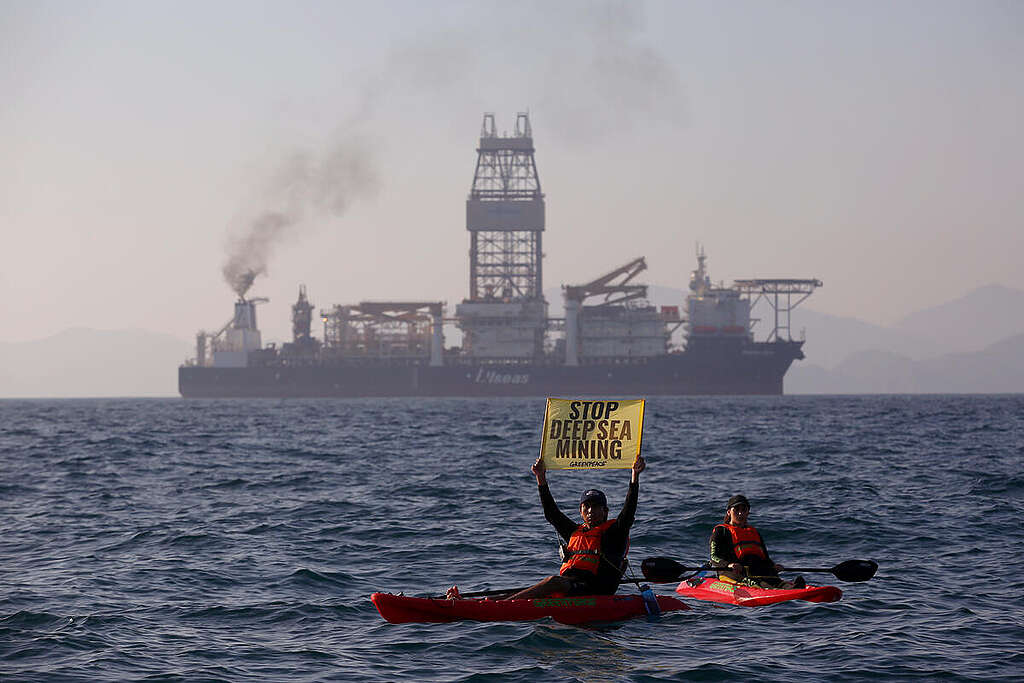Deep sea mining is the practice of removing metals and minerals from the ocean’s seabed. Thousands of metres below the surface, deposits of these metals and minerals like manganese, nickel and cobalt have built up on the seafloor into potato-sized nodules over millions of years.
To mine these metals, gigantic machines weighing more than a blue whale would scoop deposits from the deep ocean floor. They’d then pump the mined material up to a ship through up to several kilometres of tubing. Sand, seawater and other mineral waste would then be pumped back into the water.
Deep sea mining is a very new industry. Apart from a few small tests, no commercial mining has happened yet. But the companies involved are preparing to start full-scale production.
Why do companies want to mine the seabed?
Companies want to extract metals from the seabed to sell them to industries that need increasing amounts of manganese, cobalt, nickel and copper for one simple reason: to make a profit. To them, the sea is just another frontier to exploit for money.
Mining companies are saying they need to mine the seabed for the metals needed to make batteries for the energy transition away from fossil fuels. But mining one of the last untouched ecosystems on Earth will never be “green”.
And deep sea mined metals could be used in any industry. The US government, for example, has now decided that mining the seabed will help secure metals to use in weaponry. Destroying the seabed and precious ocean life for materials to wage war is a new low.
Where is deep sea mining happening?
Although test mining is underway, commercial deep sea mining is not yet allowed by international law. The International Seabed Authority has granted 31 contracts for exploration. These cover over 1.5 million km² – an area four times the size of Germany.
Most of these contracts cover exploration for deposits in the Clarion-Clipperton Zone (CCZ), an area in the Pacific Ocean across the equator, between Hawaii and México. The area is rich in potato-sized mineral deposits loaded with copper, nickel, manganese and other metals. They lie on the deep sea bed in huge fields.
We need to stop deep sea mining
This is a crucial moment. We need to stop profit-seeking companies from destroying the oceans and a crucial defence against climate change. We scored a huge win at the ISA in 2024, but we’re not out of the woods yet. It’s still possible that an application to exploit the ocean gets approved, although it would be difficult. And we haven’t yet secured a ban.
Imagine if we could go back in time and stop dangerous oil drilling. Stopping an industry before it has a chance to start will prevent further environmental and climate catastrophes.

Stop Deep Sea Mining before it starts
Greedy companies want to mine the seafloor for profit. 2 million people worldwide say no to deep sea mining – will you join them?
Sign petition




